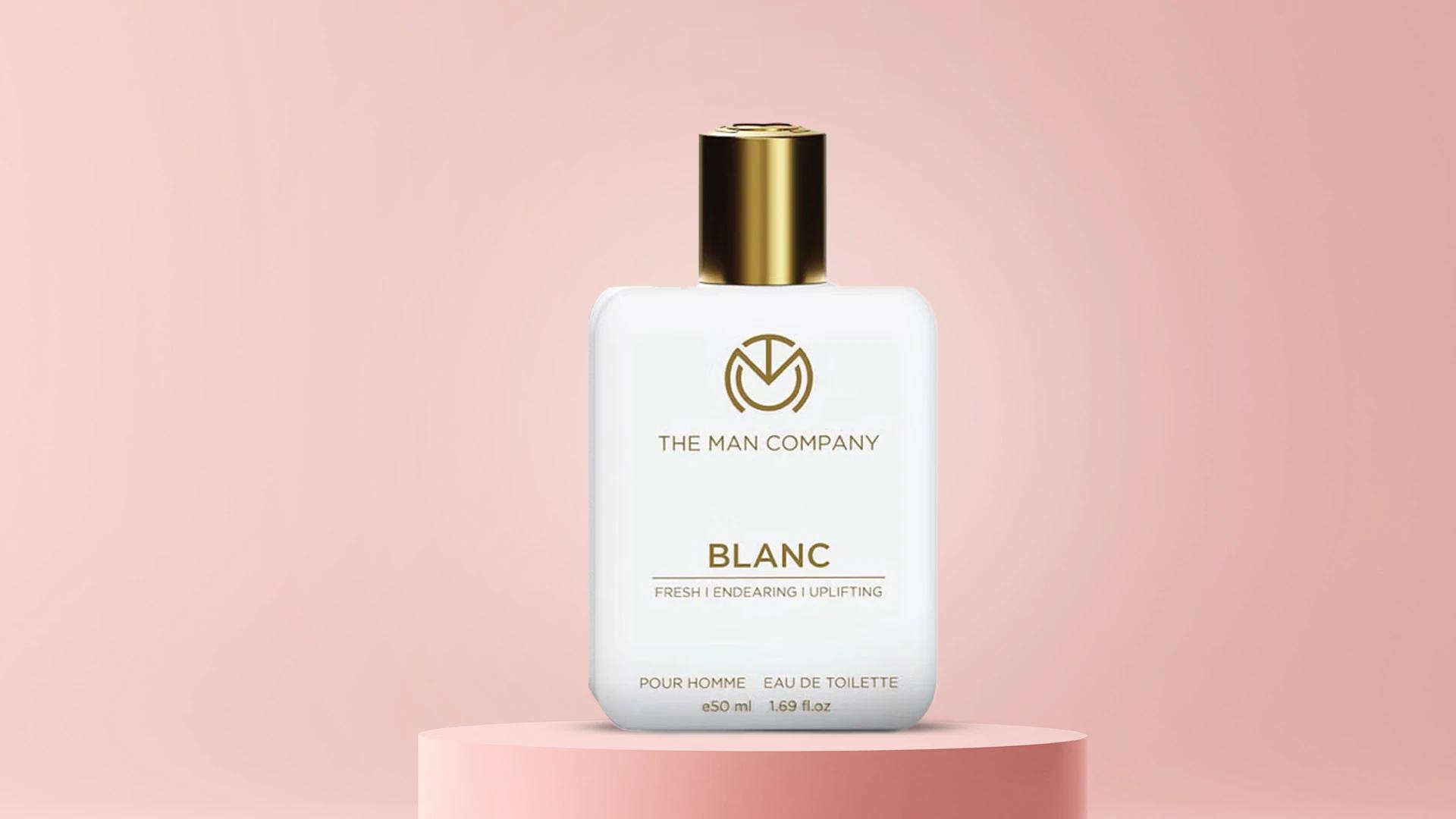Here's the thing about finding the best men's cologne for you—it's deeply personal. Your skin chemistry plays a massive role in how a fragrance develops and lasts. What smells incredible on your mate might fall flat on you, and that's completely normal.
Start by testing fragrances on your wrist, not on paper strips. Give them time to develop—at least 30 minutes before making any decisions. The initial spray is just the beginning; the real magic happens as the fragrance settles into your skin. Don't test more than three at once, or your nose will get confused.
Fragrance Application: Best Practices
Less is definitely more when it comes to cologne application. Focus on **pulse points**—wrists, neck, and behind the ears. These spots naturally generate heat, which helps diffuse the scent throughout the day.
Two to three sprays max should do the trick. If people can smell you from across the room, you've gone overboard. The goal is for people to catch your scent when they're close to you, not announce your arrival from the corridor. Apply to clean, dry skin for the best results, ideally right after a shower.
Seasonal Scents: Adapting Your Fragrance Wardrobe
Your fragrance wardrobe should shift with the seasons, just like your clothing. Summer calls for lighter, fresher options—those crisp citrus and aquatic scents work beautifully in the heat. They won't feel overwhelming when the temperature rises.
Winter is when you can break out the richer, more complex fragrances. Woody, spicy, and oriental scents feel cosy and appropriate when it's cold outside. Spring and autumn are perfect for those versatile middle-ground fragrances that aren't too heavy or too light.
Frequently Asked Questions
What's the difference between eau de toilette and eau de parfum?


 Combo
Combo 100 ml
100 ml 105 ml
105 ml 20 ml
20 ml